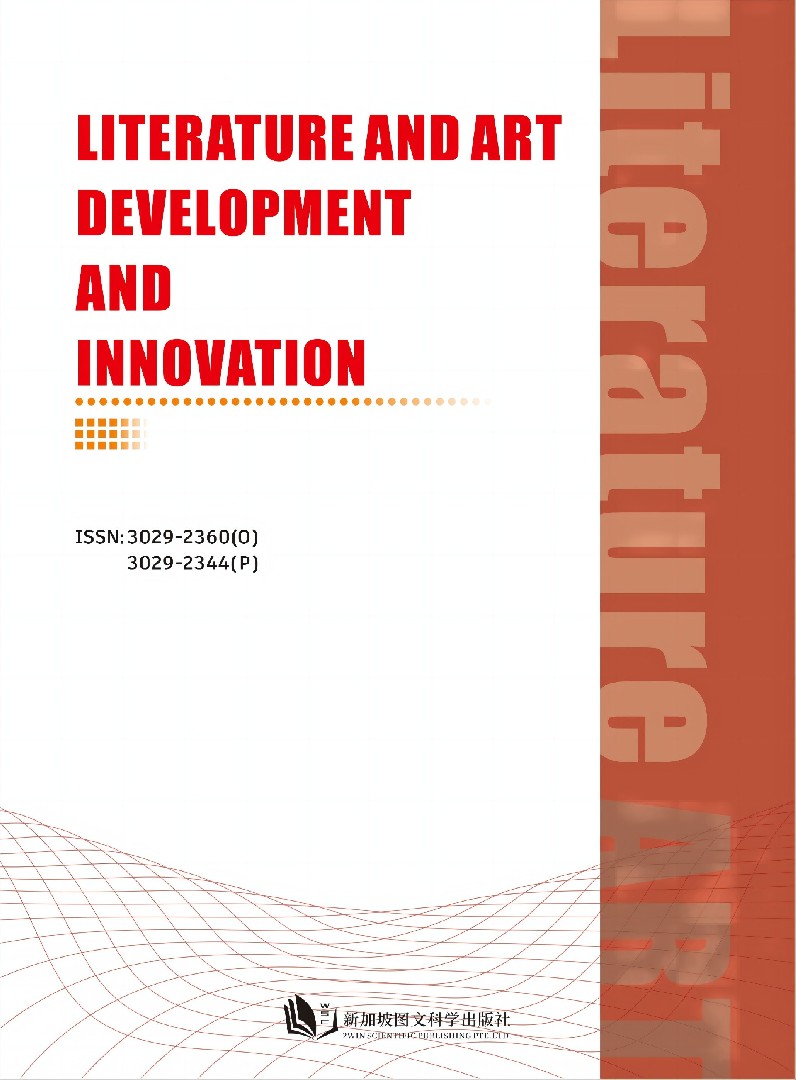
The Naïve Child Who Remains in the Imaginary Order: A Lacanian Examination of Lady Windermere in Lady Windermere’s Fan
ISSN:3029 2360
EISSN:3029-2344
语言:英文
Challenging Sigmund Freud’s doctrines, Jacques Lacan proposes his own theories on the human psyche, stressing the role of the Symbolic Order in shaping one’s self and restricting one’s primitive desires. While the transition from the Imaginary Order to the Symbolic Order functions as the fundamental precondition of one’s becoming mature, failure in doing so therefore results in one’s preoccupation with the illusions and a perpetual state of naivety. Thus, adopting a Lacanian psychoanalytic perspective, this paper focusing on Lady Windermere’s overall mindset and her relation with the surroundings examines her persistence in the Imaginary Order and inability to enter the Symbolic Order, exploring the psychological origins of her puerile moral absolutism and disclosing Wilde’s sarcasm towards such people in the contemporary upper-class British society.
[1] Wilde, Oscar. The Complete Short Stories. Ed. John Sloan. Oxford: Oxford UP, 2010. Print.
[2] Raby, Peter. The Cambridge Companion to Oscar Wilde. Cambridge: Cambridge UP, 1997. Print.
[3] Nethercot, Arthur. “Oscar Wilde and the Devil’s Advocate.” PMLA 59.3 (1944): 833-50.
[4] Peckham, Morse. “What Did Lady Windermere Learn.” College English 18.1 (1956): 11-14.
[5] Gregor, Ian. “Comedy and Oscar Wilde.” The Sewanee Review 74.2 (1966): 501-21.
[6] Behrendt, Patricia. Oscar Wilde: Eros and Aesthetics. London: Macmillan, 1991. Print.
[7] Kohl, Norbert. Oscar Wilde: The Works of a Conformist Rebel. Trans. David Wilson. Cambridge: Cambridge UP, 1994. Print.
[8] Freedman, Morris. “The Modern Tragicomedy of Wilde and O’Casey.” College English 25.7 (1964): 518-22.
[9] Tyson, Lois. Critical Theory Today: A User-Friendly Guide. 2nd ed. New York: Routledge, 2006. Print.
[10] Wilde, Oscar. Oscar Wilde’s Plays. London: Cox & Wyman Ltd, 1940. Print.